Not just guns: New study looks at why the U.S. is No. 1 in mass shootings
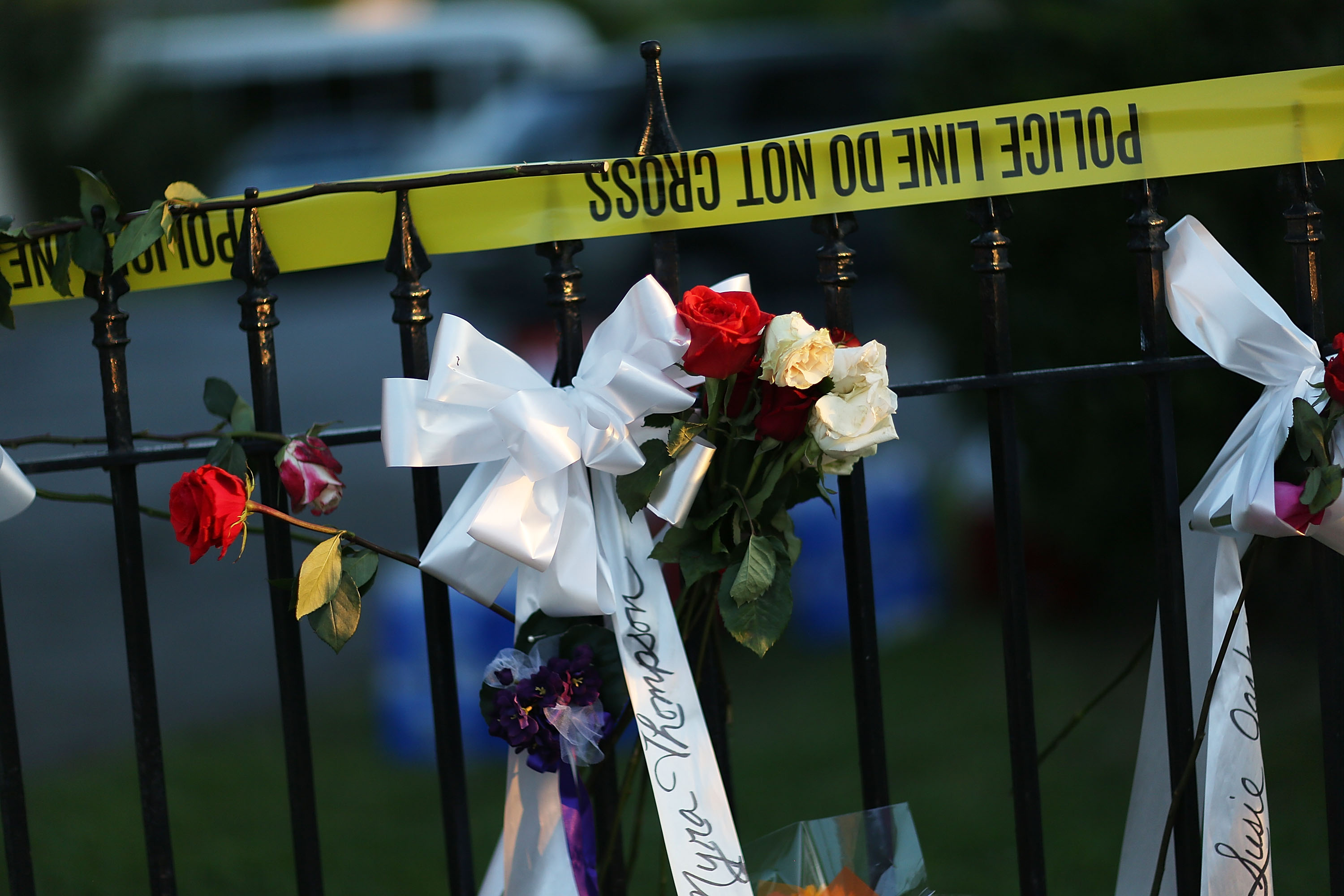

Since 1966, the U.S. has had more mass shootings than the next several countries combined, according to a new study by University of Alabama criminologist Adam Lankford. Between 1966 and 2012, there were 291 documented mass shootings in the world, and 31 percent of those were in the U.S., Lankford says in a paper being presented this week at the American Sociological Association's annual meeting in Chicago. That's five times the rate in the second-ranked country, the Philippines.
A big reason for this unwanted top ranking is America's unusually high rate of gun ownership, the Los Angeles Times reports: 88.8 firearms per 100 people, according to a 2007 survey. Yemen, the No. 3 country for mass killings, comes in a distant second, with 54.8 firearms per 100 people. The No. 3 and No. 4 countries in per-capita gun ownership, Finland and Switzerland, are also in the Top 15 for mass shootings, Lankford found. "Because of its world-leading firearm ownership rate, America does stand apart," he wrote, "and this appears connected to its high percentage of mass shootings."
But it isn't the only reason. The poor U.S. system to care for mental illness plays a role, Lankford noted, though that's a trait not unique to the U.S. One thing that is unique is the "American dream," he said, and when people fail to achieve that upward mobility, some of them express their frustration in violence. The last big element? Fame. "Increasingly in America — perhaps more than in any other country on the globe — fame is revered as an end unto itself," he wrote. "Some mass shooters succumb to terrible delusions of grandeur and seek fame and glory through killing." You can read more about Langford's research at the Los Angeles Times.
The Week
Escape your echo chamber. Get the facts behind the news, plus analysis from multiple perspectives.

Sign up for The Week's Free Newsletters
From our morning news briefing to a weekly Good News Newsletter, get the best of The Week delivered directly to your inbox.
From our morning news briefing to a weekly Good News Newsletter, get the best of The Week delivered directly to your inbox.
A free daily email with the biggest news stories of the day – and the best features from TheWeek.com
Peter has worked as a news and culture writer and editor at The Week since the site's launch in 2008. He covers politics, world affairs, religion and cultural currents. His journalism career began as a copy editor at a financial newswire and has included editorial positions at The New York Times Magazine, Facts on File, and Oregon State University.
-
 Political cartoons for December 10
Political cartoons for December 10Cartoons Wednesday's political cartoons include a titanic war crime, a hostile takeover, and skinny Santa Claus
-
 The Week contest: No smoking
The Week contest: No smokingPuzzles and Quizzes
-
 Phish food for thought: Ben & Jerry’s political turmoil
Phish food for thought: Ben & Jerry’s political turmoilIn the Spotlight After a landmark demerger by Unilever, spinning off their ice cream brands, a war of words over activism threatens to ‘overshadow’ the deal
-
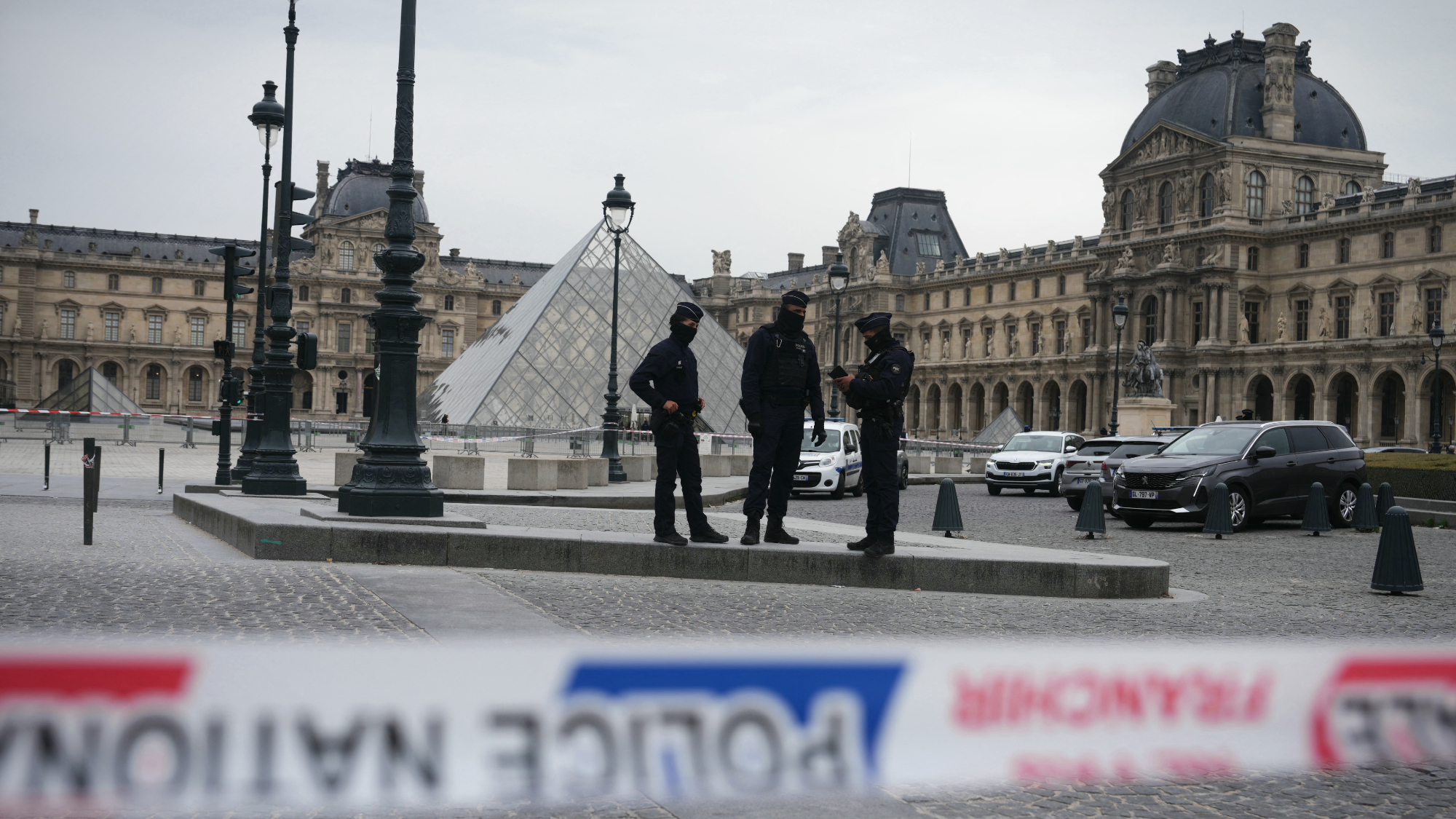 France makes first arrests in Louvre jewels heist
France makes first arrests in Louvre jewels heistSpeed Read Two suspects were arrested in connection with the daytime theft of royal jewels from the museum
-
 Trump pardons crypto titan who enriched family
Trump pardons crypto titan who enriched familySpeed Read Binance founder Changpeng Zhao pleaded guilty in 2023 to enabling money laundering while CEO of the cryptocurrency exchange
-
 Thieves nab French crown jewels from Louvre
Thieves nab French crown jewels from LouvreSpeed Read A gang of thieves stole 19th century royal jewels from the Paris museum’s Galerie d’Apollon
-
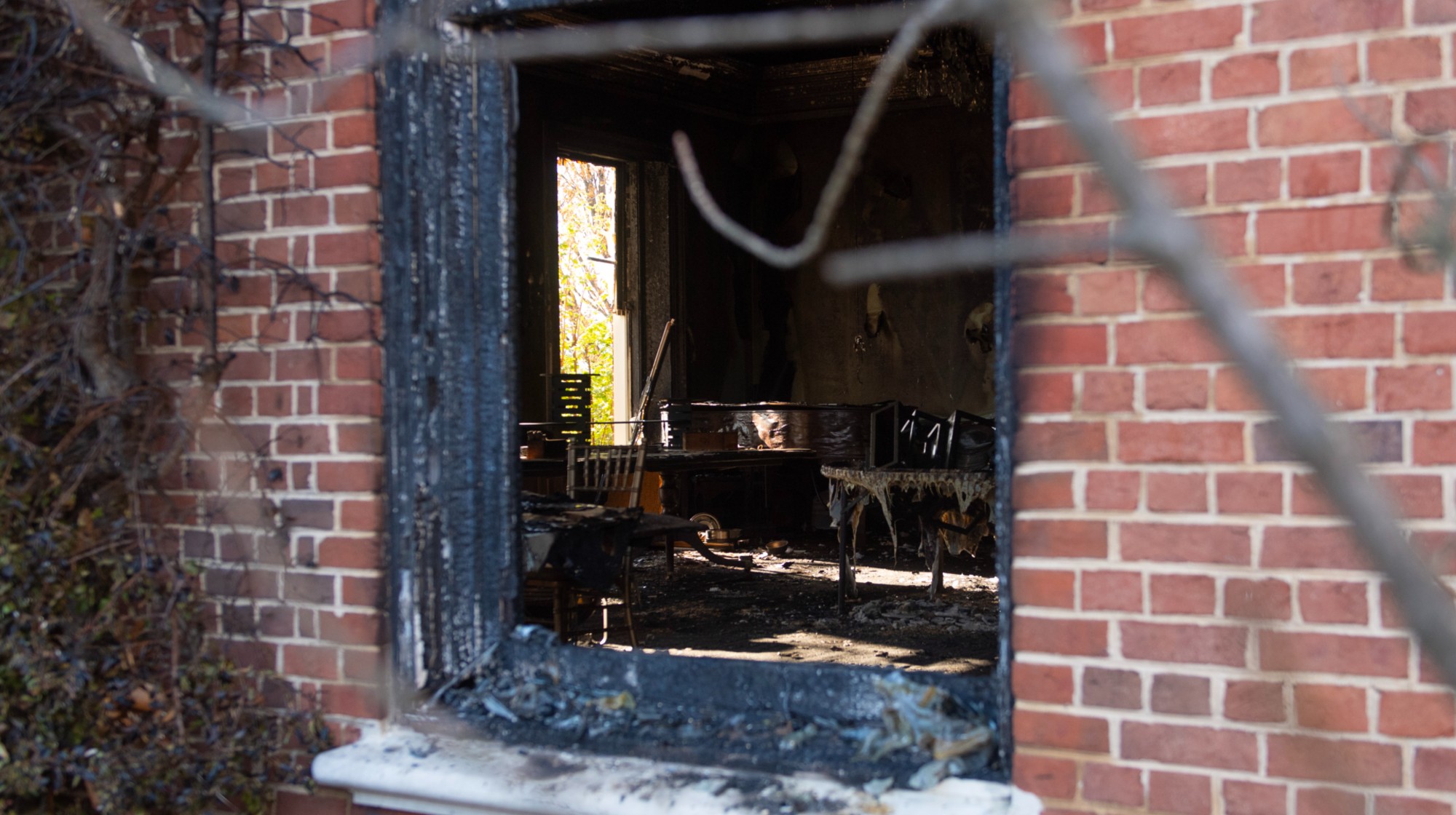 Arsonist who attacked Shapiro gets 25-50 years
Arsonist who attacked Shapiro gets 25-50 yearsSpeed Read Cody Balmer broke into the Pennsylvania governor’s mansion and tried to burn it down
-
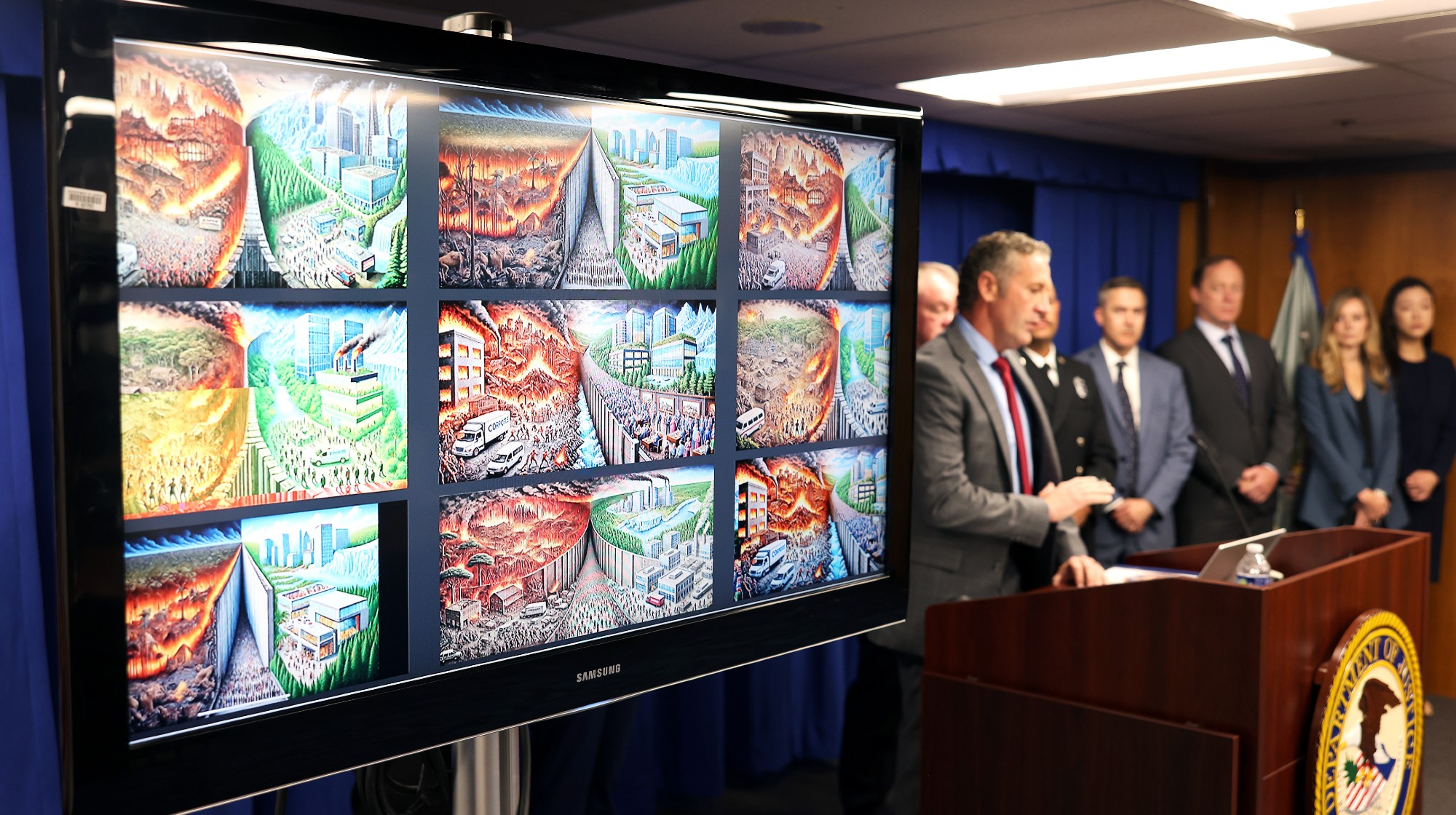 Man charged over LA’s deadly Palisades Fire
Man charged over LA’s deadly Palisades Firespeed read 29-year-old Jonathan Rinderknecht has been arrested in connection with the fire that killed 12 people
-
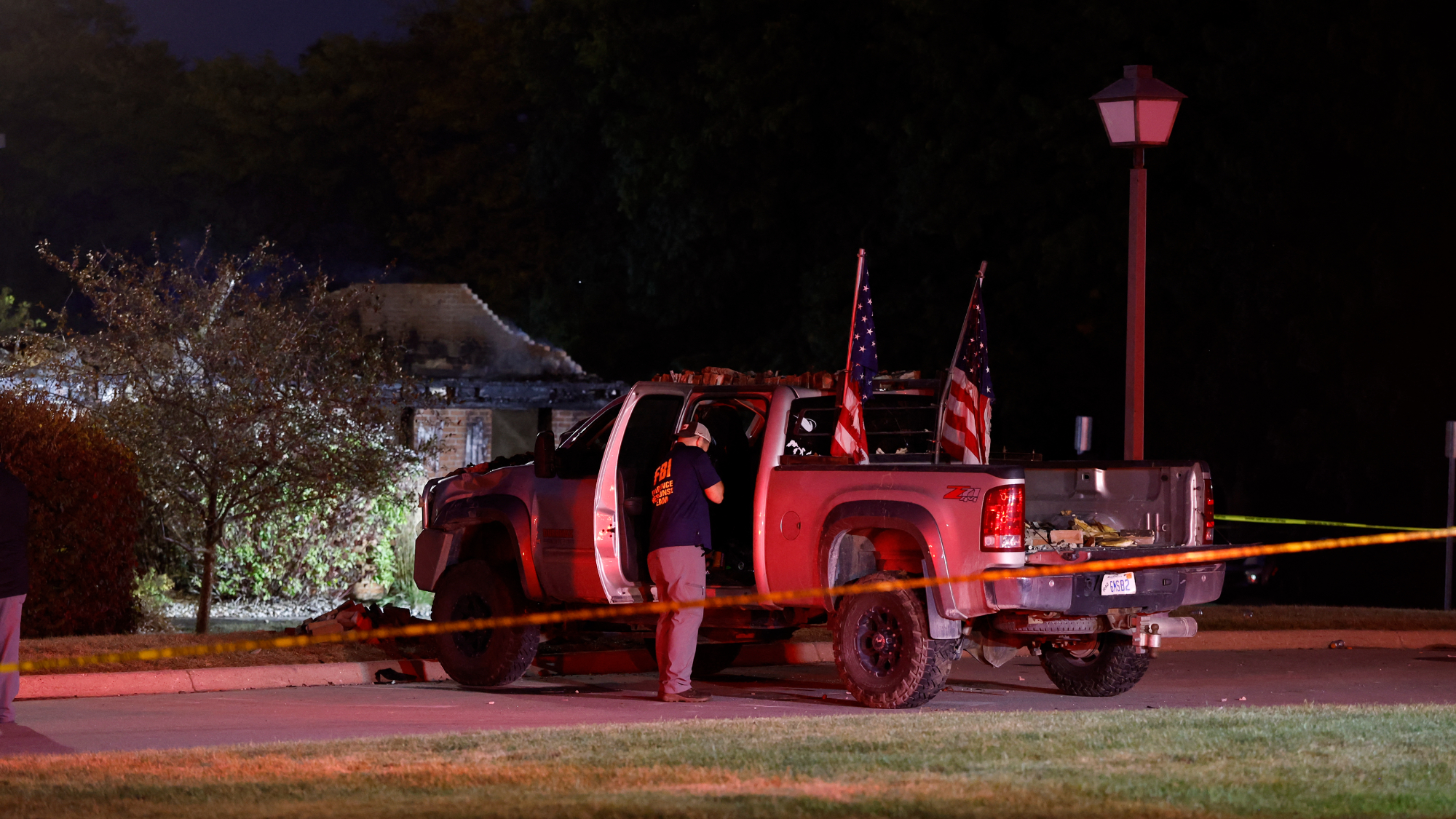 4 dead in shooting, arson attack in Michigan church
4 dead in shooting, arson attack in Michigan churchSpeed Read A gunman drove a pickup truck into a Mormon church where he shot at congregants and then set the building on fire
-
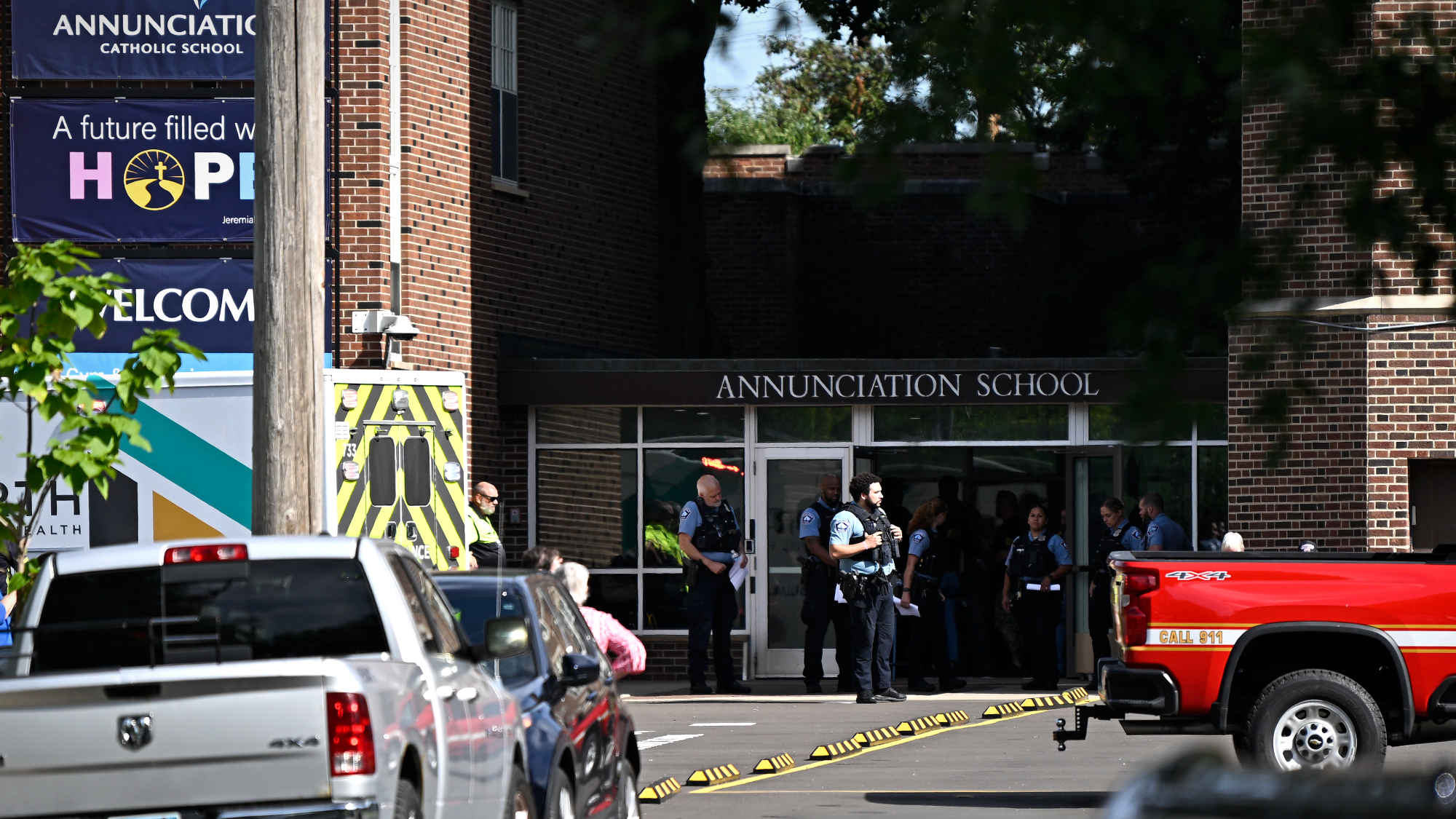 2 kids killed in shooting at Catholic school mass
2 kids killed in shooting at Catholic school massSpeed Read 17 others were wounded during a morning mass at the Annunciation Catholic School in Minneapolis
-
 Australian woman found guilty of mushroom murders
Australian woman found guilty of mushroom murdersspeed read Erin Patterson murdered three of her ex-husband's relatives by serving them toxic death cap mushrooms
